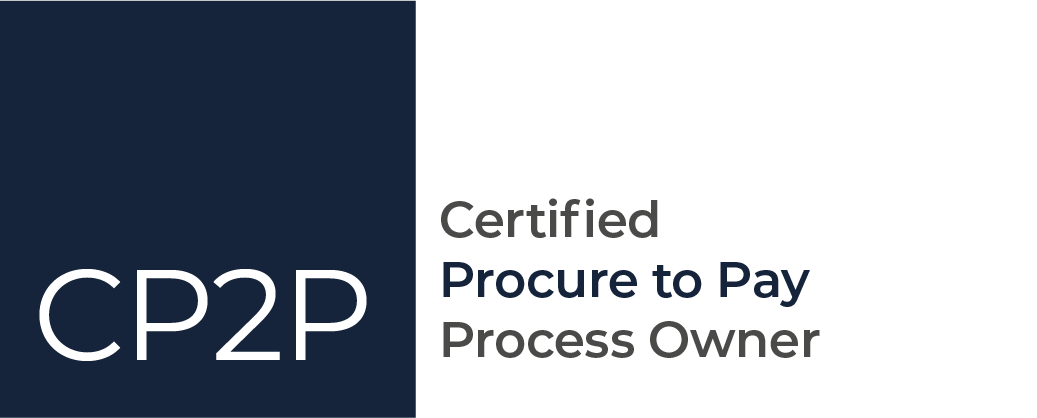Overview:
The Role of a P2P Professional
The Procure to Pay (P2P) Process Owner is a key figure within an organization’s procurement and finance functions. This role involves overseeing the end-to-end P2P process, which encompasses everything from sourcing and procurement of goods and services to the payment of invoices. The P2P process owner is responsible for ensuring the smooth and efficient operation of this entire process, with a focus on optimizing costs, improving vendor relationships, and maintaining compliance. Here are the core responsibilities of a P2P process owner:
Process Design and Optimization: The P2P process owner is accountable for designing, documenting, and continuously refining the P2P process. This includes identifying bottlenecks, inefficiencies, and opportunities for improvement, and implementing changes to enhance process efficiency, accuracy, and effectiveness.
Stakeholder Collaboration: Collaboration is key in the P2P process. The process owner interacts with various stakeholders, including procurement teams, accounts payable, suppliers, and internal business units. Effective communication and collaboration ensure alignment, smooth information flow, and a unified approach to achieving P2P goals.
Vendor Management: Maintaining positive relationships with suppliers is crucial for a successful P2P process. The process owner works closely with the procurement team to select and manage vendors, negotiate terms, evaluate performance, and ensure that suppliers adhere to agreed-upon contracts and service levels.
Compliance and Risk Management: The P2P process owner ensures that all activities within the process adhere to legal, regulatory, and organizational compliance requirements. This involves managing risk associated with vendor selection, contracts, and payment processes, and implementing controls to mitigate potential issues.
Technology Implementation and Enhancement: Modern P2P processes often rely on technology solutions such as procurement software and financial systems. The process owner is responsible for selecting, implementing, and maintaining these technologies, leveraging automation and data analytics to drive process efficiency and data-driven decision-making.
Data Analysis and Reporting: Analyzing data related to procurement, spending, and vendor performance is a key responsibility of the process owner. By gathering and interpreting data, they can identify trends, opportunities, and areas for improvement, leading to better strategic decisions.
Performance Monitoring and KPIs: The P2P process owner establishes key performance indicators (KPIs) and metrics to measure the effectiveness and efficiency of the P2P process. Regularly monitoring these metrics allows for ongoing assessment and the ability to take corrective actions as needed.
Continuous Improvement: The P2P process owner leads a culture of continuous improvement within the organization. By staying updated on industry best practices and emerging trends, they can drive innovation and implement new strategies to stay ahead of the curve.
Change Management: As the P2P landscape evolves, the process owner manages change within the organization. This includes implementing new technologies, processes, and policies while ensuring that stakeholders are informed, trained, and onboarded effectively.
In essence, the P2P process owner plays a strategic and multifaceted role that bridges procurement, finance, and operations. By overseeing the entire P2P lifecycle, this role contributes to cost savings, process efficiency, risk mitigation, and overall organizational success.

